By Alex Trukan
With many teams choosing to build up from the back through the thirds, as well as playing with a midfield three, one of the important things to consider becomes the role of central midfielders. One of the options to choose from is to play with two defensive midfielders operating in front of the back line. This option is particularly popular with teams using the back three. Two defensive midfielders will be creating space for centre backs to drive forwards, offering angles of support as well as providing sufficient defensive cover in case of transition to defence. The characteristic of two defensive midfielders will revolve around being technical proficient on the ball, but also able to find pockets of space, play between the lines, and create space for others. These skills would be crucial for success in these positions and effective build up from the back.
When goalkeeper or centre backs are in possession of the ball, both defensive midfielders would be looking to get away from it and create space. This will force the opposition strikers’ unit to drop deeper and condense spaces between units. If this happens, centre backs will have more space to drive in forwards. When playing with a back three, two defensive midfielders would stay relatively close to each other to open up half spaces for two side centre backs. With a back four, two defensive midfielders would keep larger distances between each other. As centre back brings the ball forward, defensive midfielders would be looking to play between opposition units.
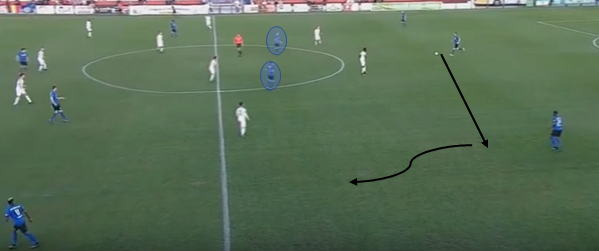
The priority is to break opposition’s striker unit with a pass into defensive midfielder. As the ball is played, he would be then looking to receive with a back foot on a half turn and play forwards. If the opposition striker marks the defensive midfielder, centre back on the ball can run further forwards what will eventually commit the striker.
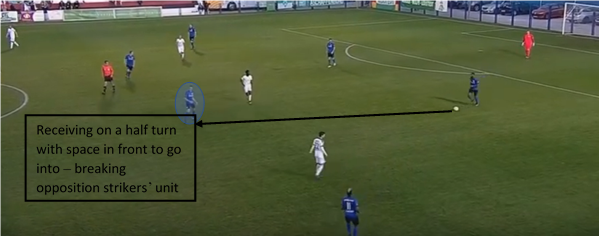
As the ball is played into forwards and wingers on the opposition half, defensive midfielders should provide support from behind. This is needed to recycle the ball as well as provide cover in case the team loses the ball. Two defensive midfielders offer more protection of central areas than one.
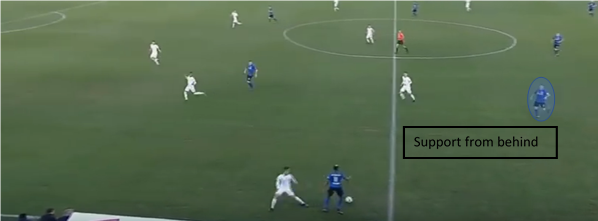
Support around the ball also offers good opportunities to combine and use ‘set and go’s’. Attacking midfielders and strikers coming deeper to receive will often be under pressure making it difficult to turn. If defensive midfielder is available behind the ball, they can set the ball and make a forward run or offer different angle of support.
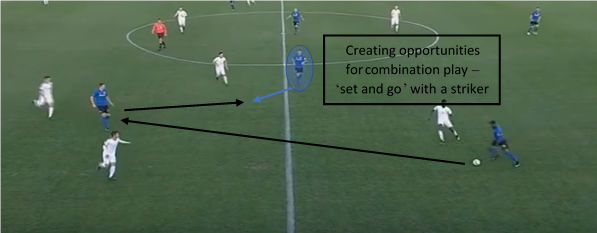
Defensive midfielder in this role would be an important playmaker himself. Getting him on the ball frees other midfielders and strikers to go forwards and look to receive beyond opposition’s midfield line. Also, having two defensive midfielders allows the team to take more risks and try penetrative forward passes breaking the lines more often.
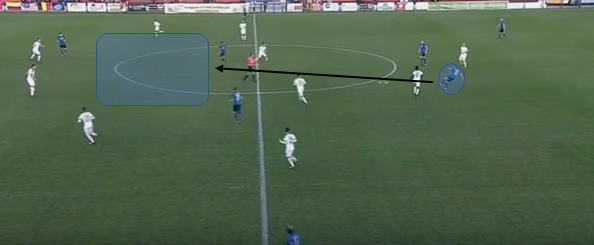
There also should be enough flexibility between defensive midfielders to allow one of them dropping deeper to receive and the other one pushing up higher. This creates more fluidity and can be especially useful when the opposition’s strikers’ unit leaves big gaps in between to drop into or play through.
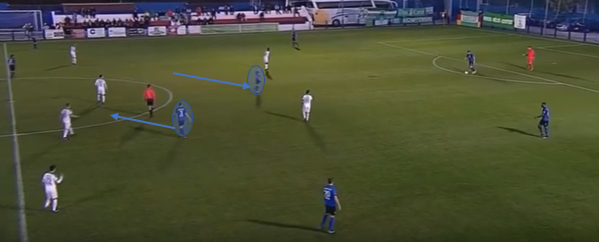
Once the ball is on the opposition half, having two defensive midfielders behind the ball provides excellent opportunities for both full backs to push up and get involved in attack. When using three at the back, it gives options for wide centre backs to step up and play in half spaces, higher up than defensive midfielders. Regardless of the shape, it is useful to use defensive midfielders with two different characteristics to provide various options in and out of possession.
By Alex Trukan, Development Coach, Nottingham Forest
@AlexTrukan


